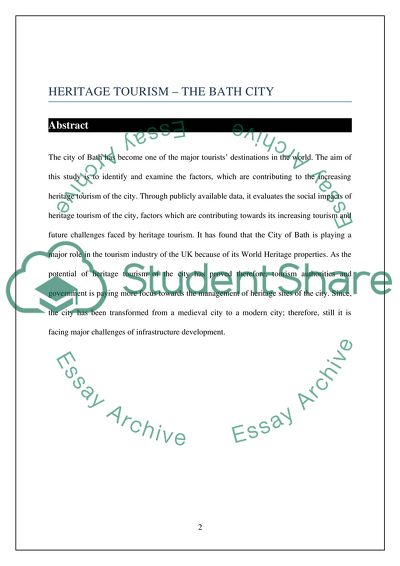Cite this document
(“Heritage tourism - The city Bath Essay Example | Topics and Well Written Essays - 3250 words”, n.d.)
Heritage tourism - The city Bath Essay Example | Topics and Well Written Essays - 3250 words. Retrieved from https://studentshare.org/tourism/1559371-heritage-tourism-the-city-bath
Heritage tourism - The city Bath Essay Example | Topics and Well Written Essays - 3250 words. Retrieved from https://studentshare.org/tourism/1559371-heritage-tourism-the-city-bath
(Heritage Tourism - The City Bath Essay Example | Topics and Well Written Essays - 3250 Words)
Heritage Tourism - The City Bath Essay Example | Topics and Well Written Essays - 3250 Words. https://studentshare.org/tourism/1559371-heritage-tourism-the-city-bath.
Heritage Tourism - The City Bath Essay Example | Topics and Well Written Essays - 3250 Words. https://studentshare.org/tourism/1559371-heritage-tourism-the-city-bath.
“Heritage Tourism - The City Bath Essay Example | Topics and Well Written Essays - 3250 Words”, n.d. https://studentshare.org/tourism/1559371-heritage-tourism-the-city-bath.


